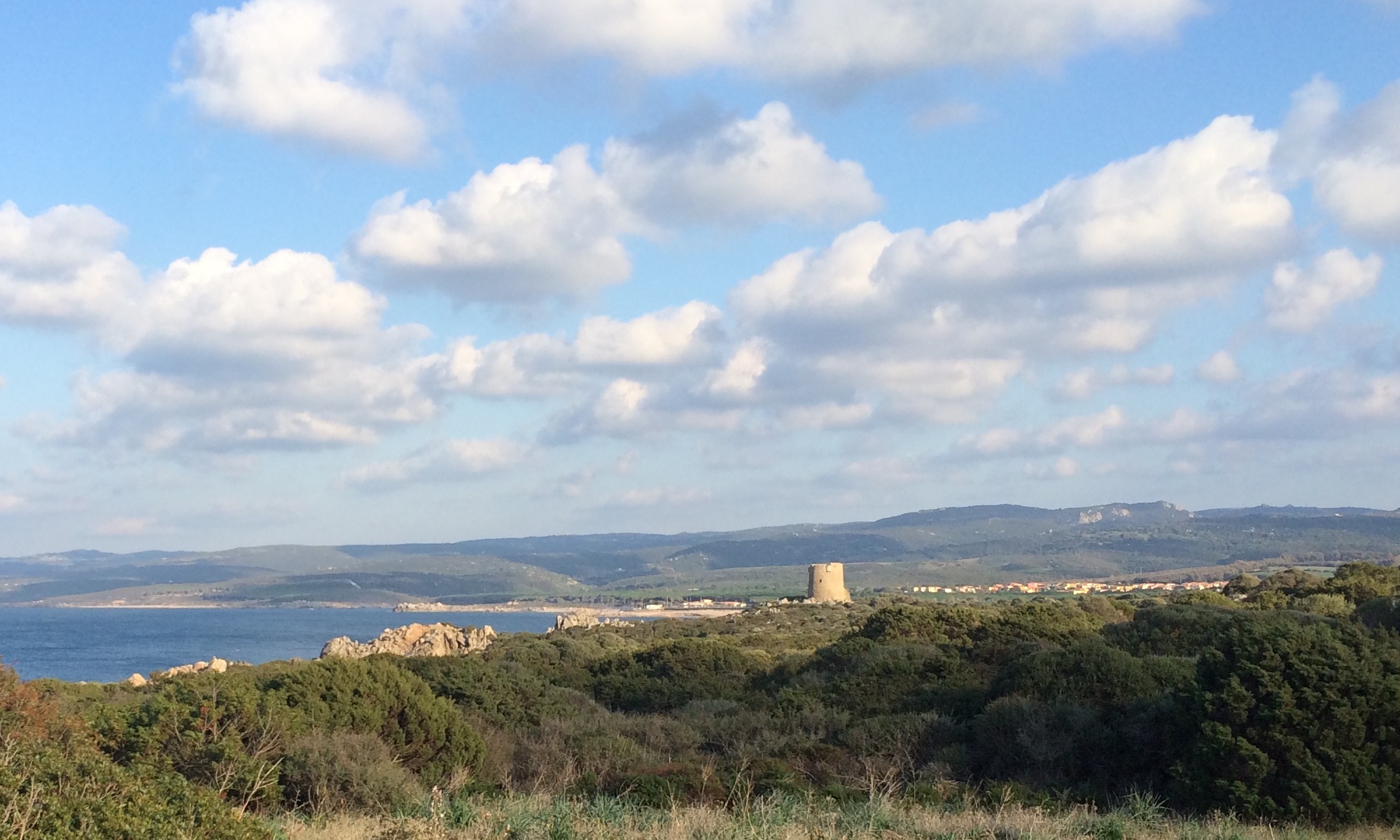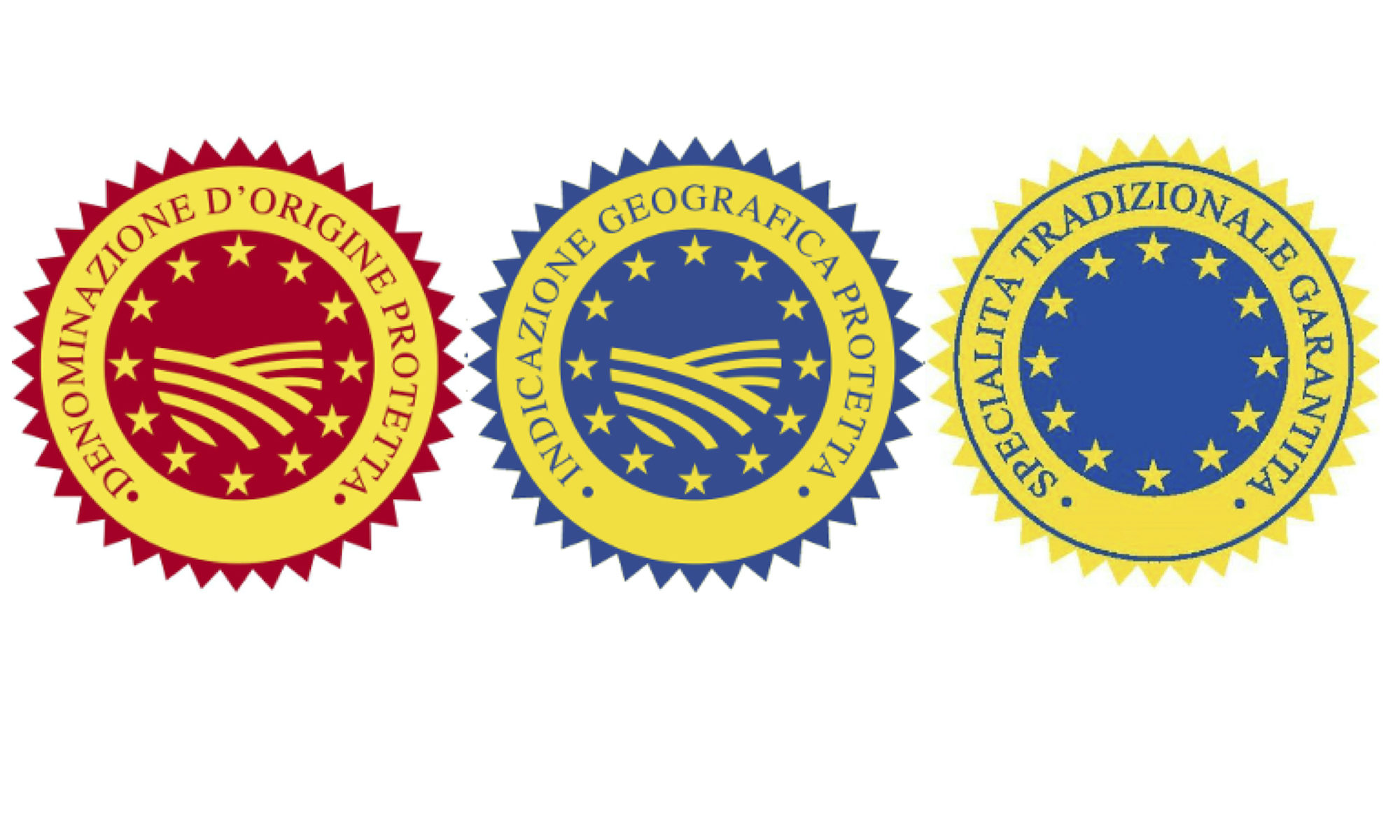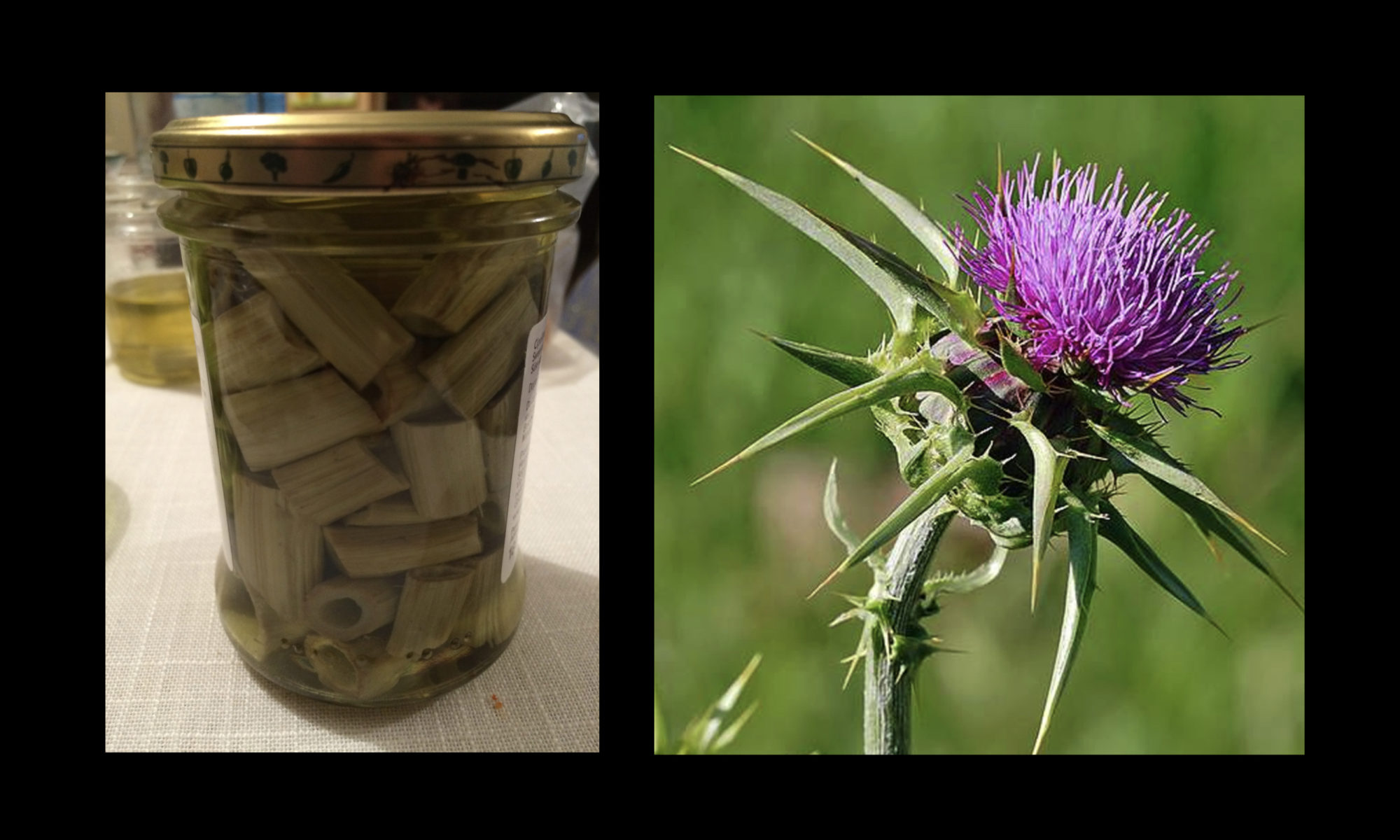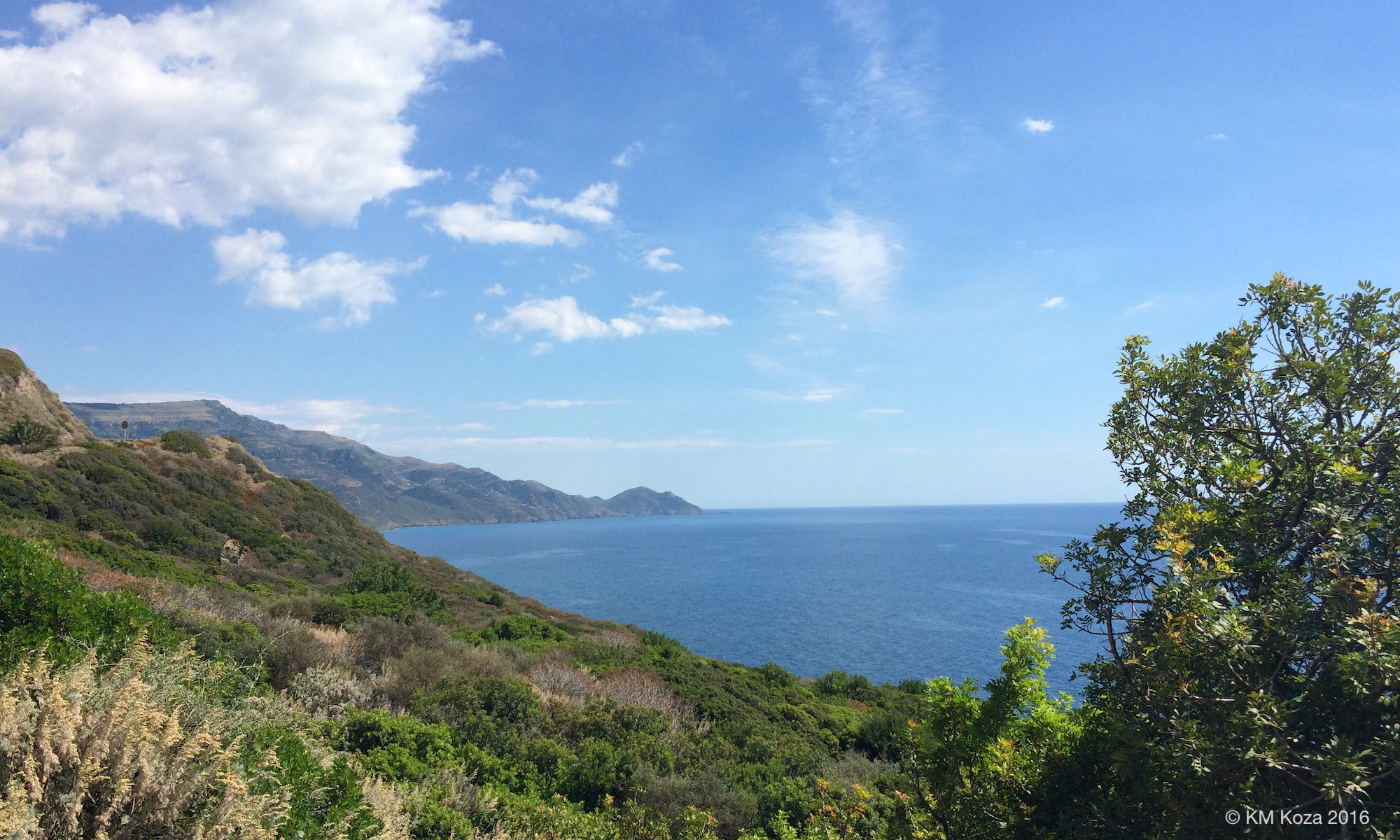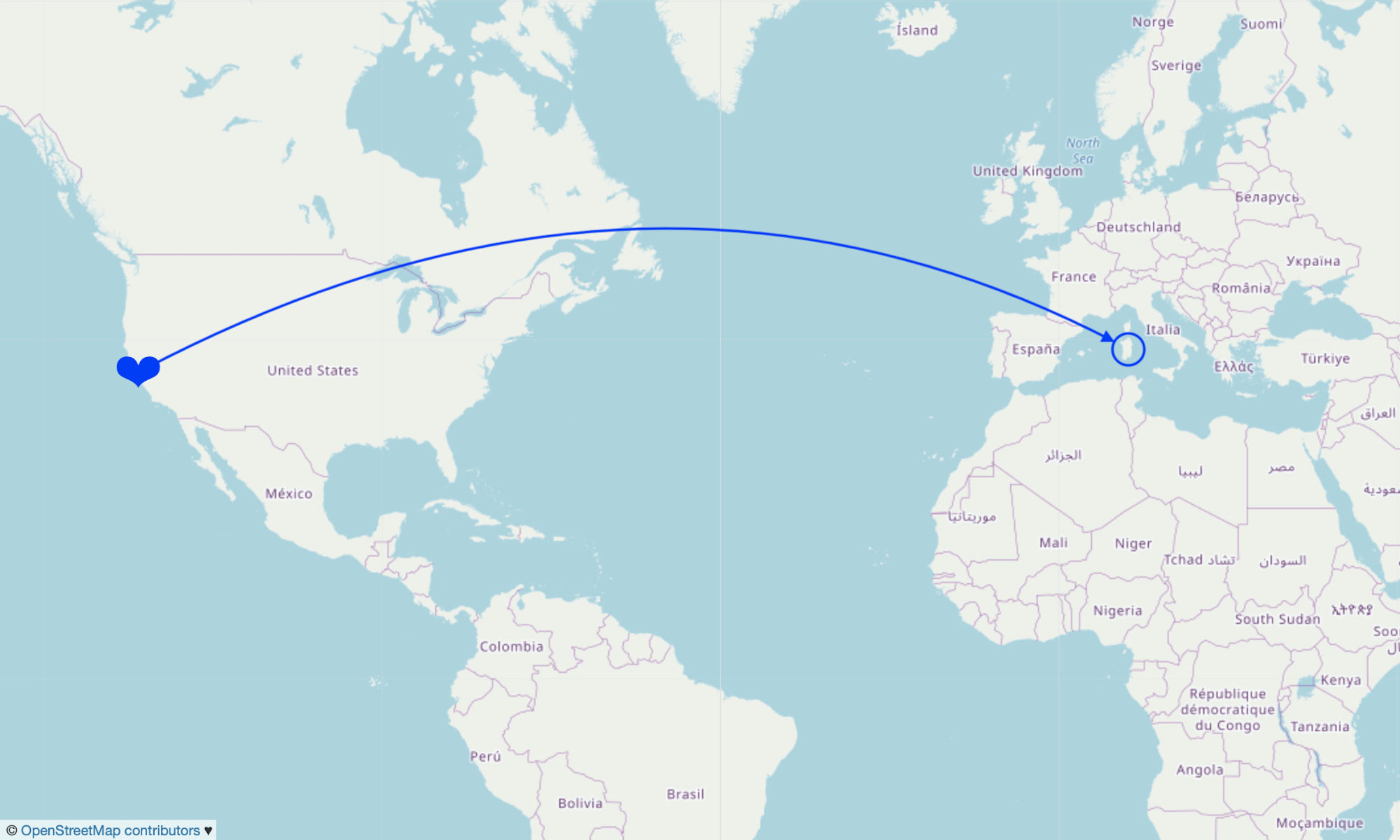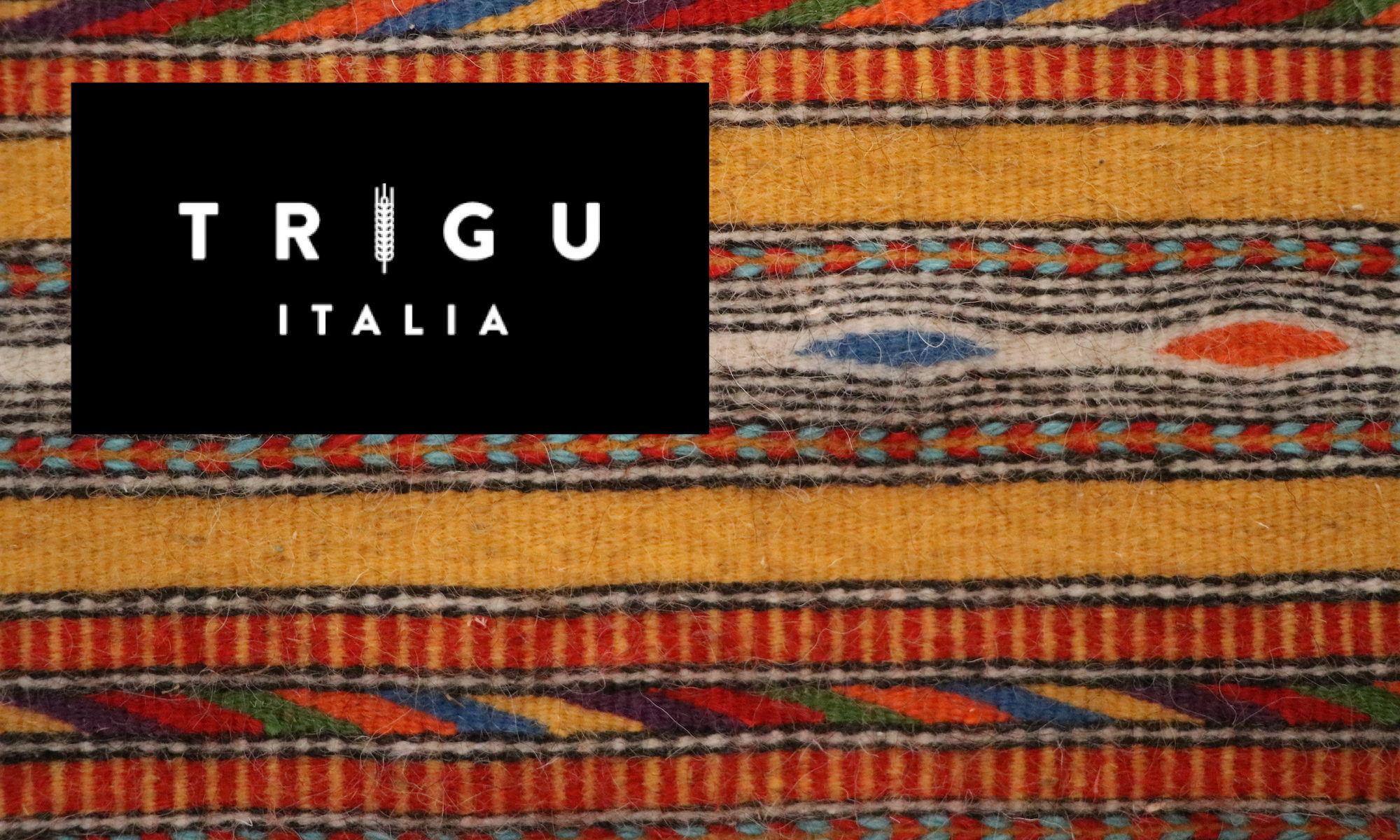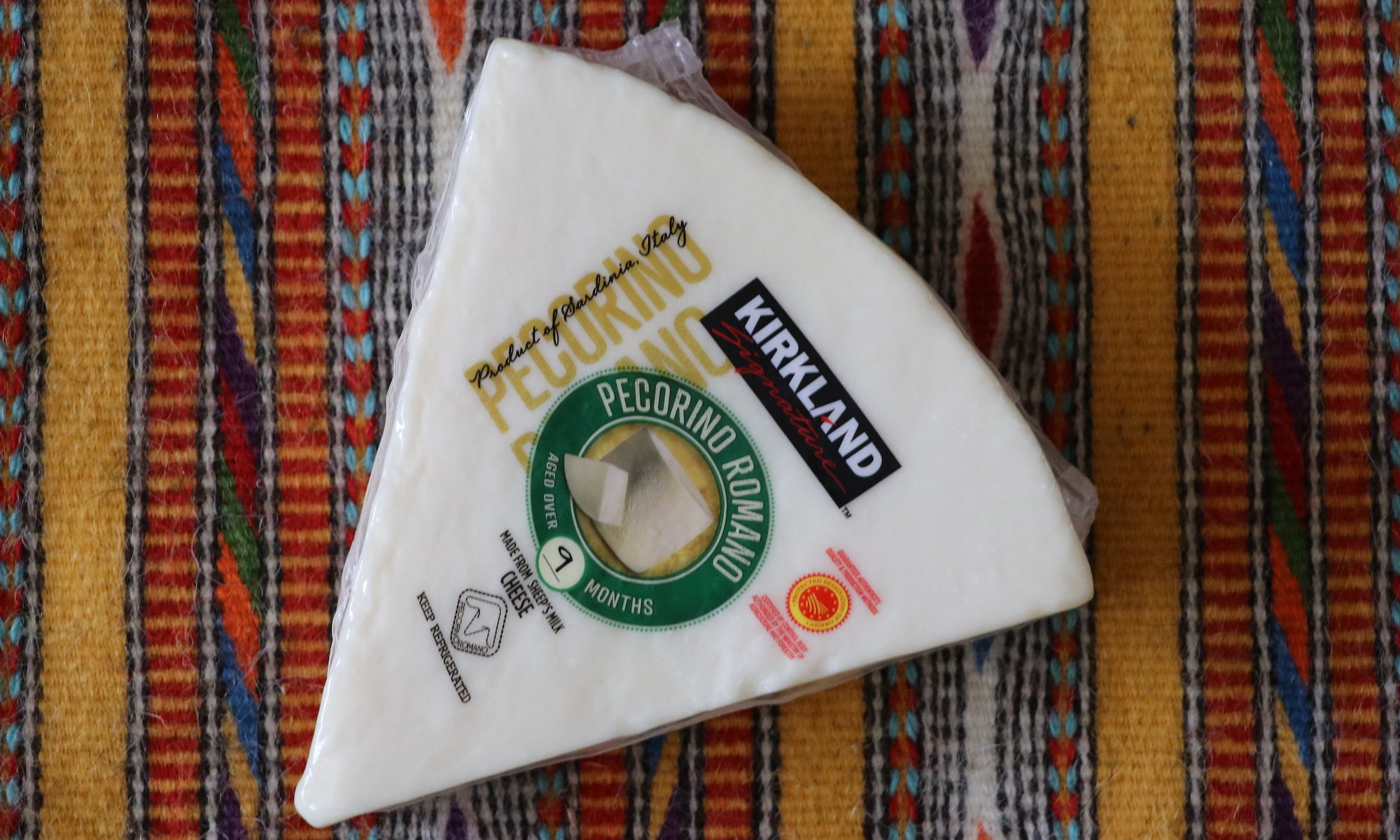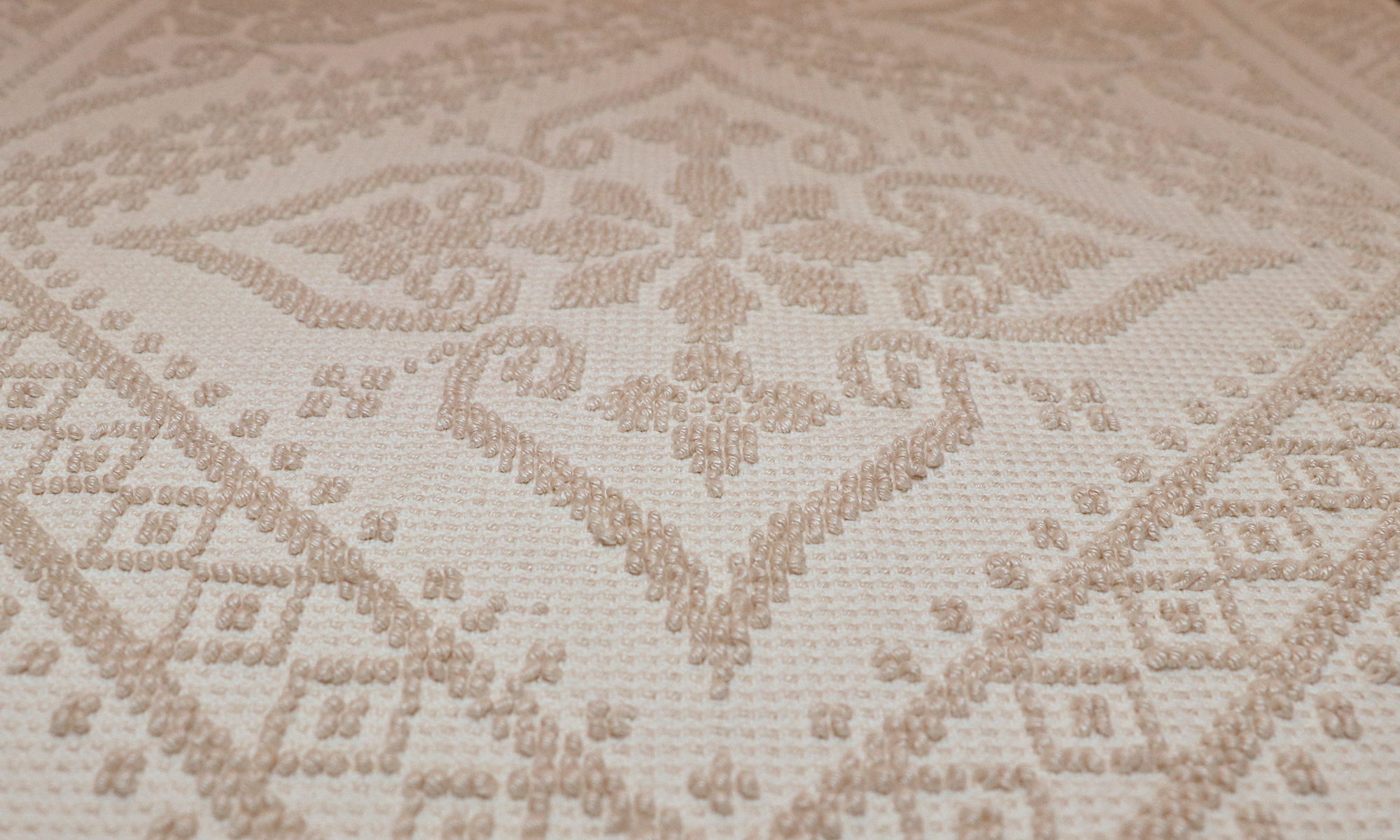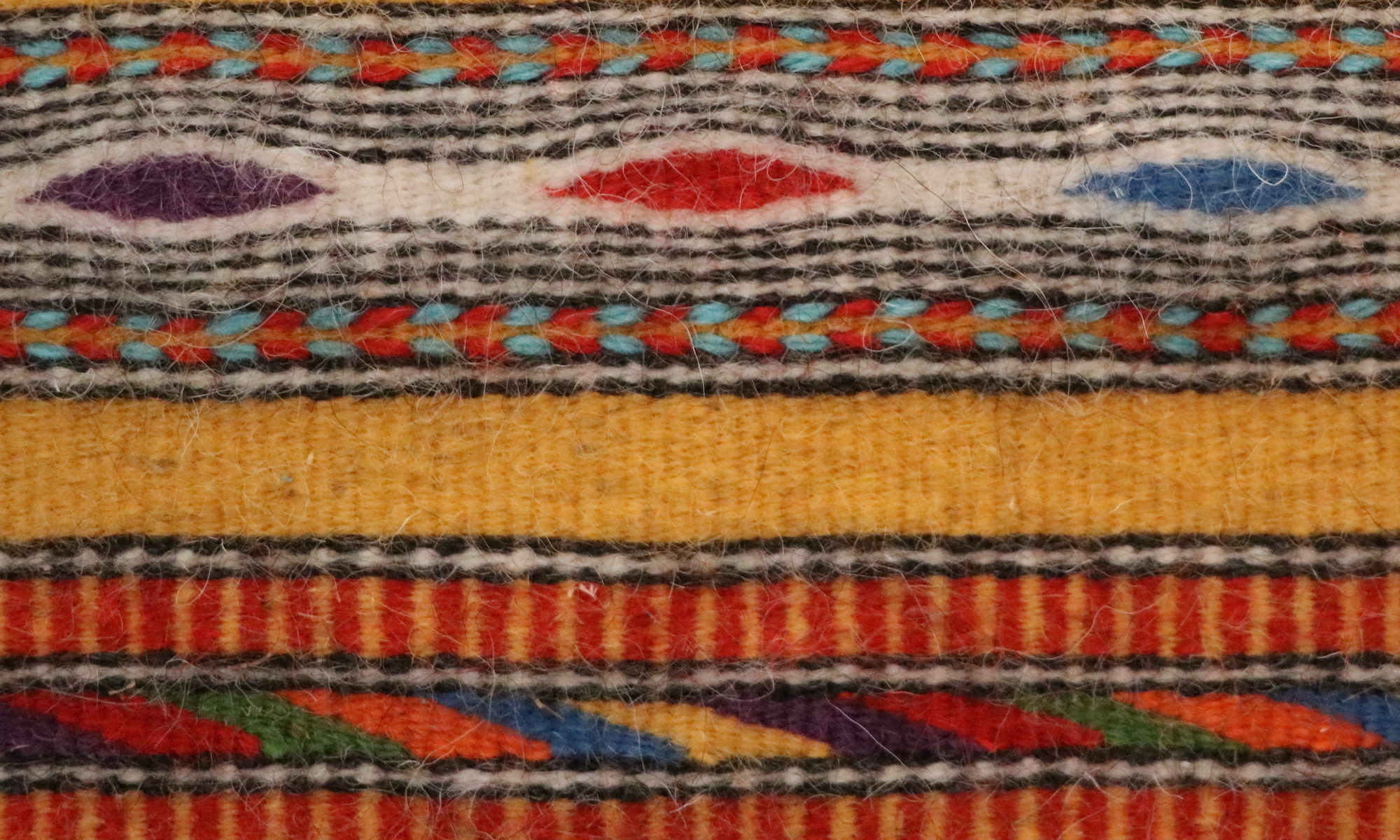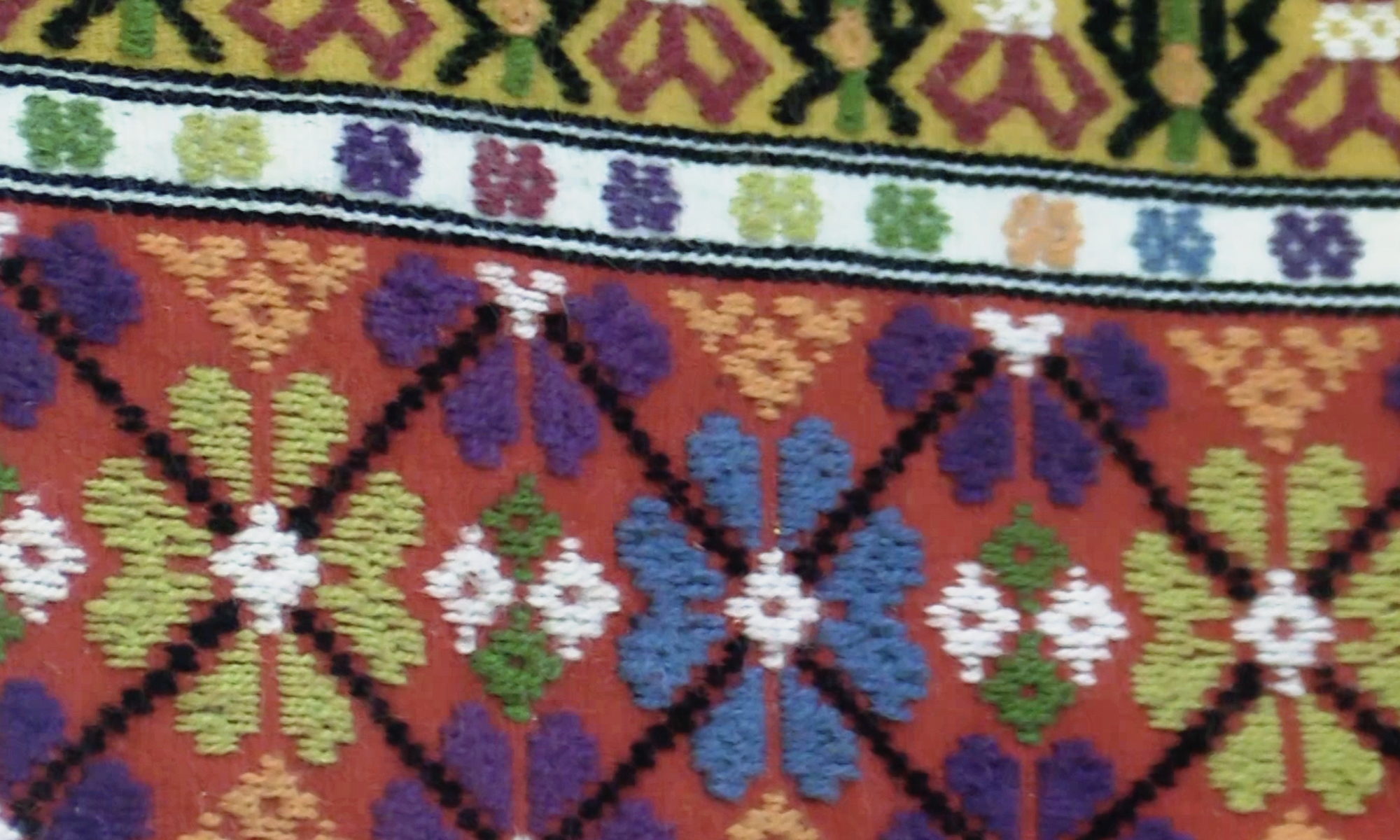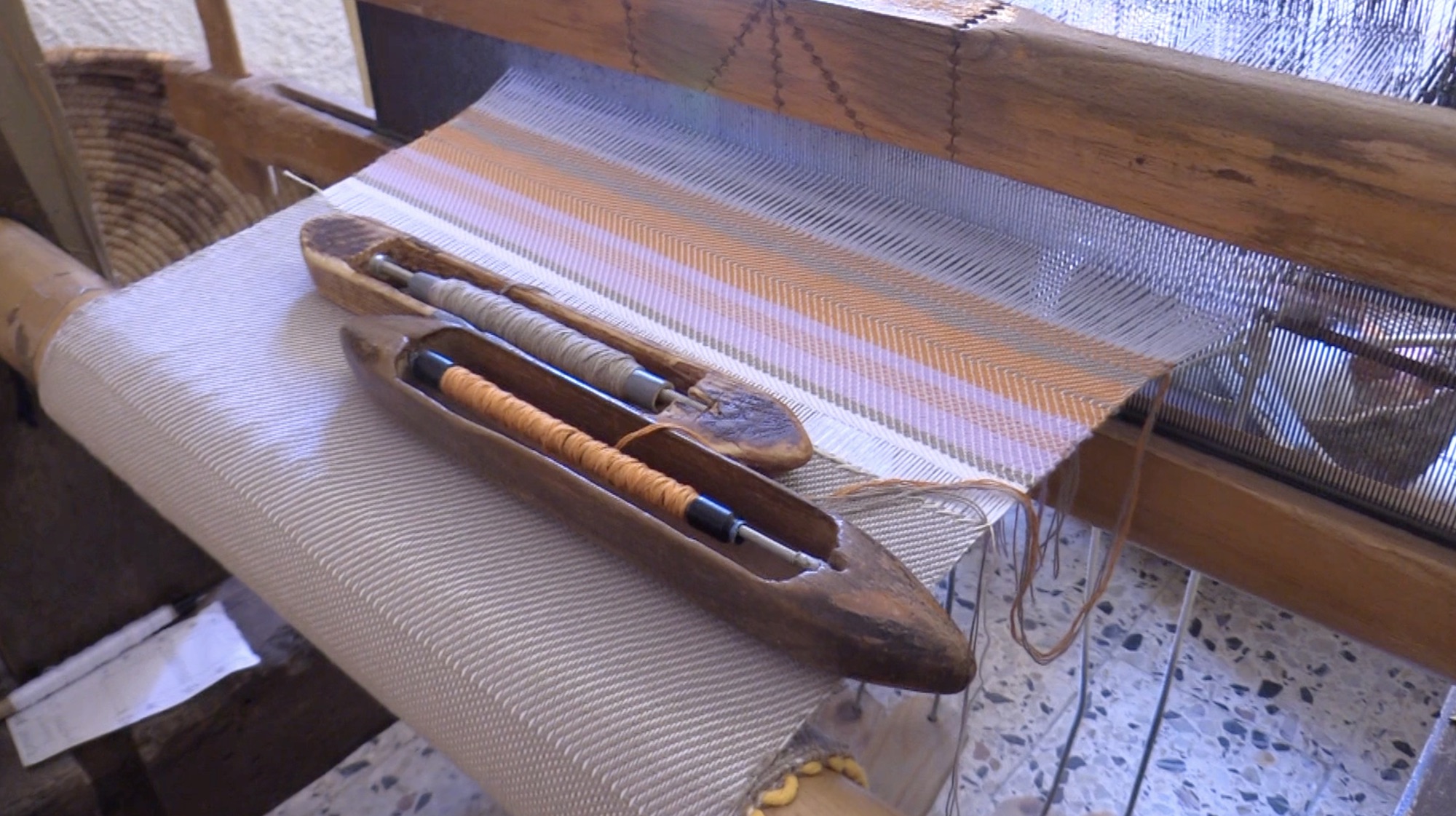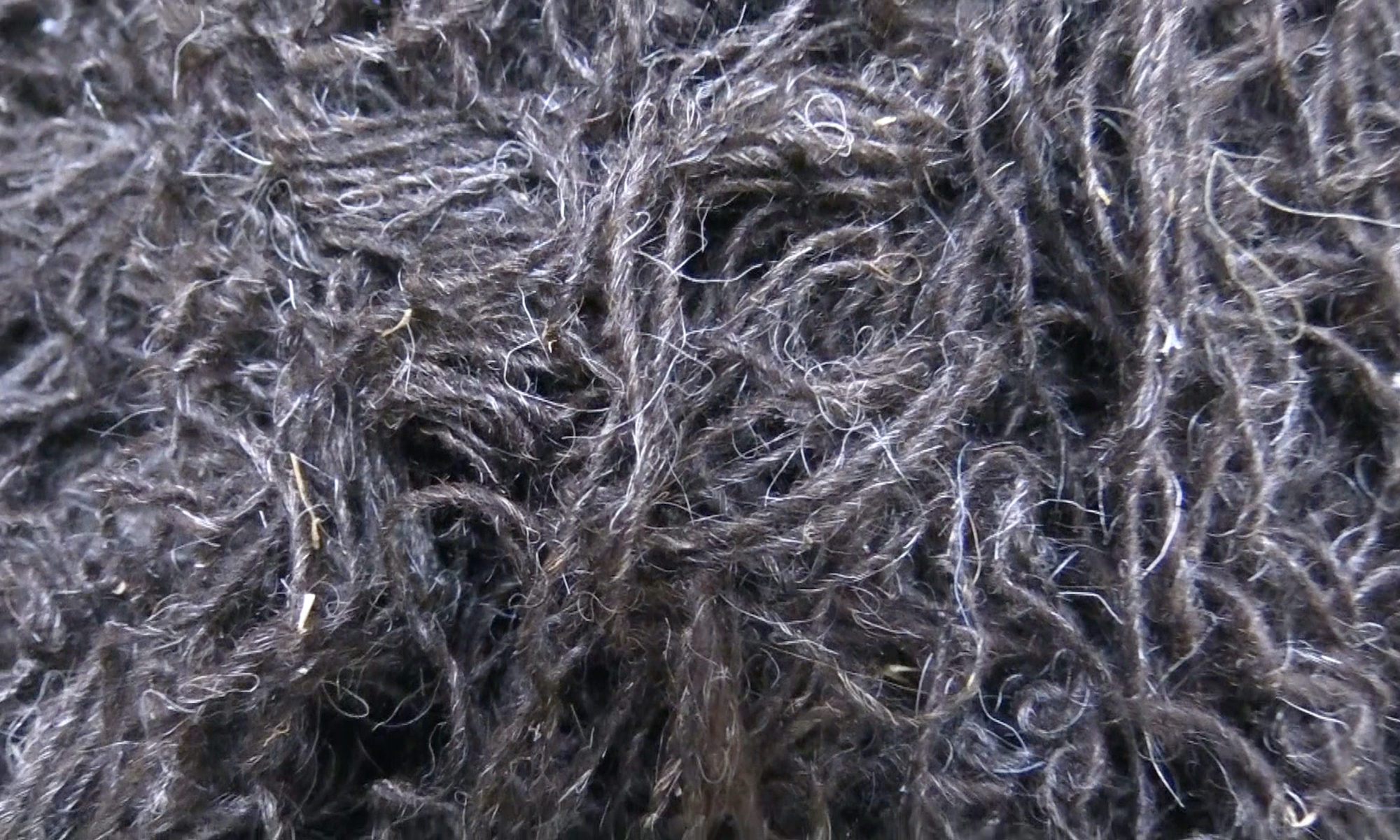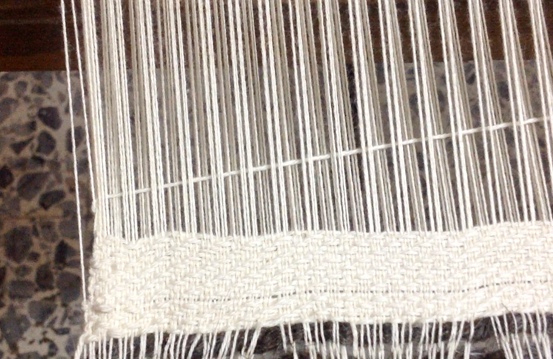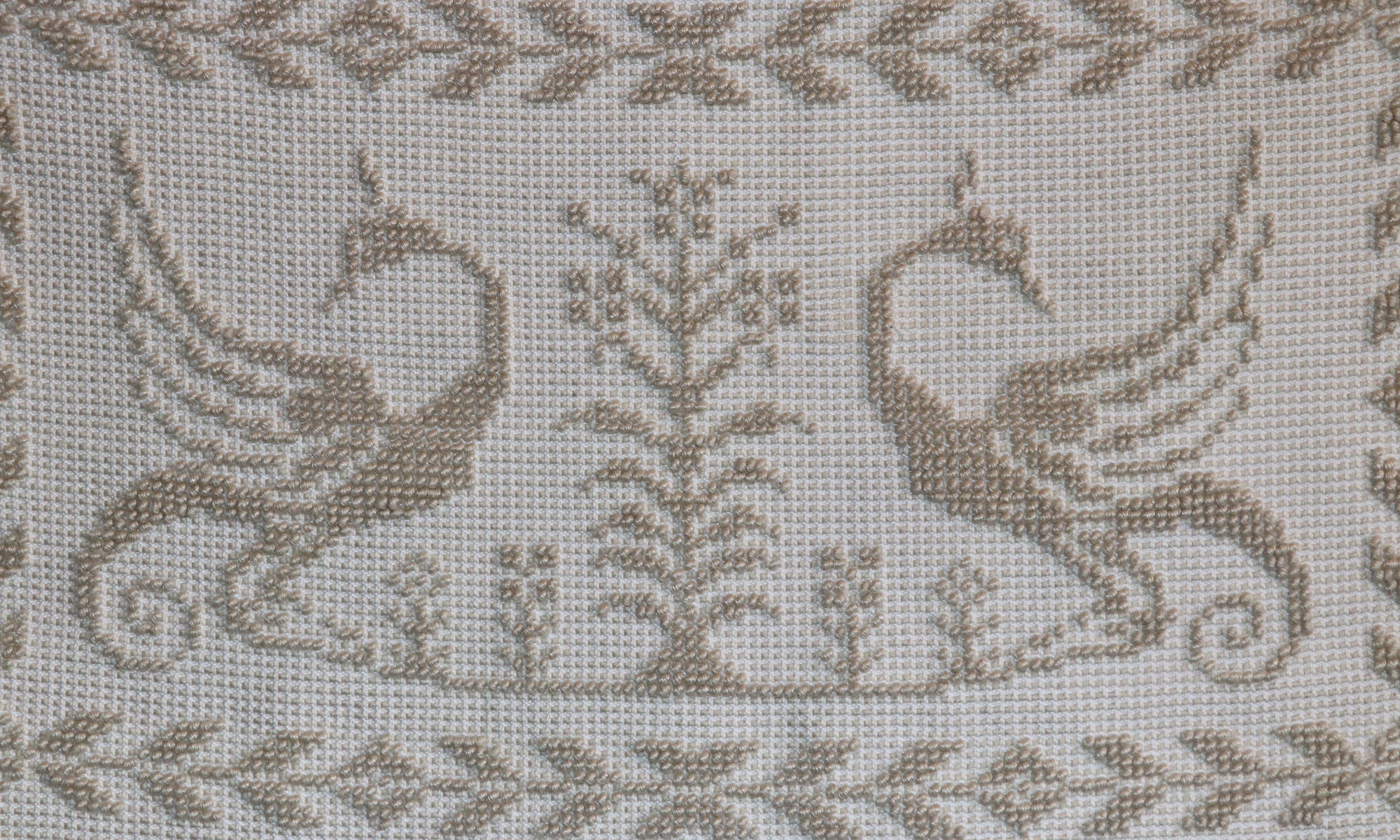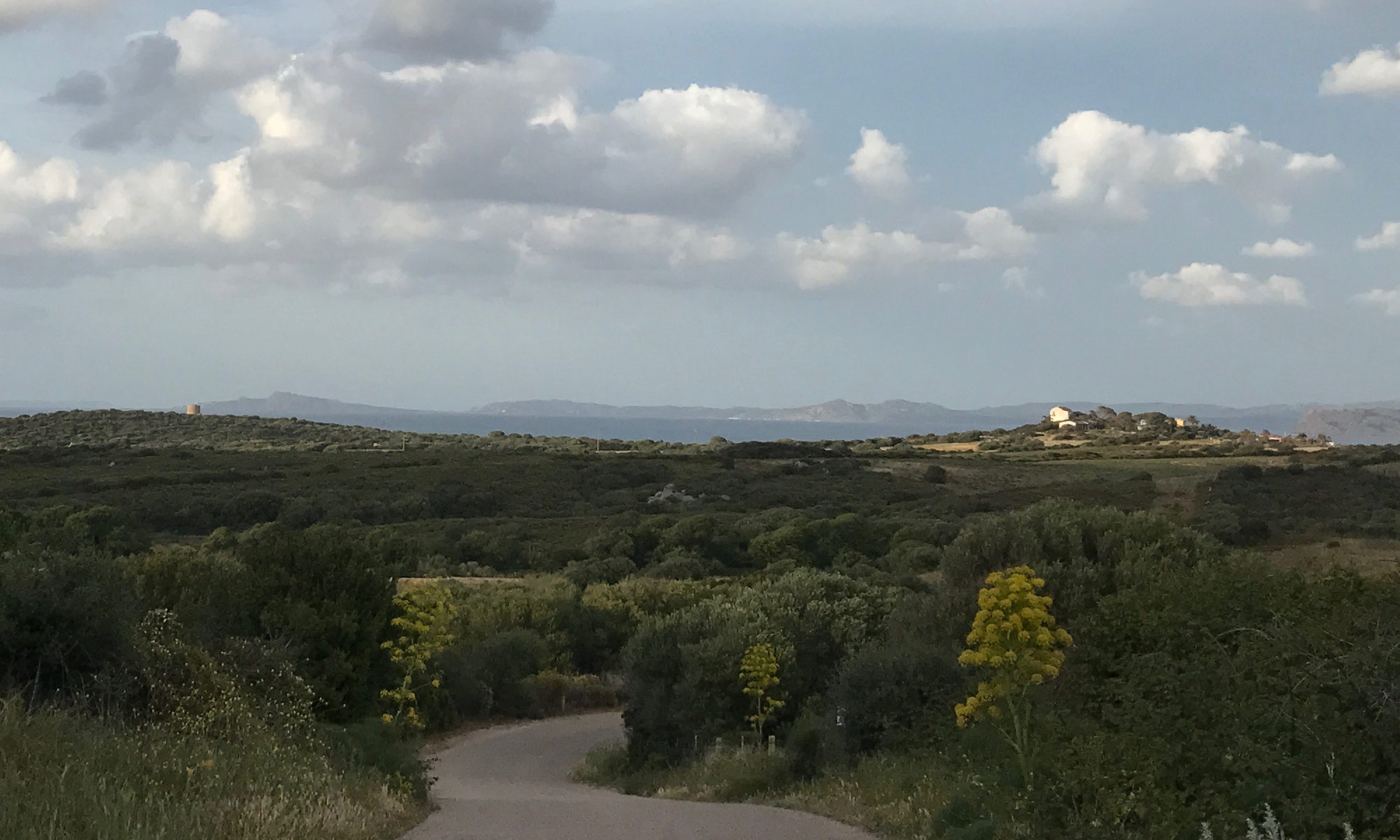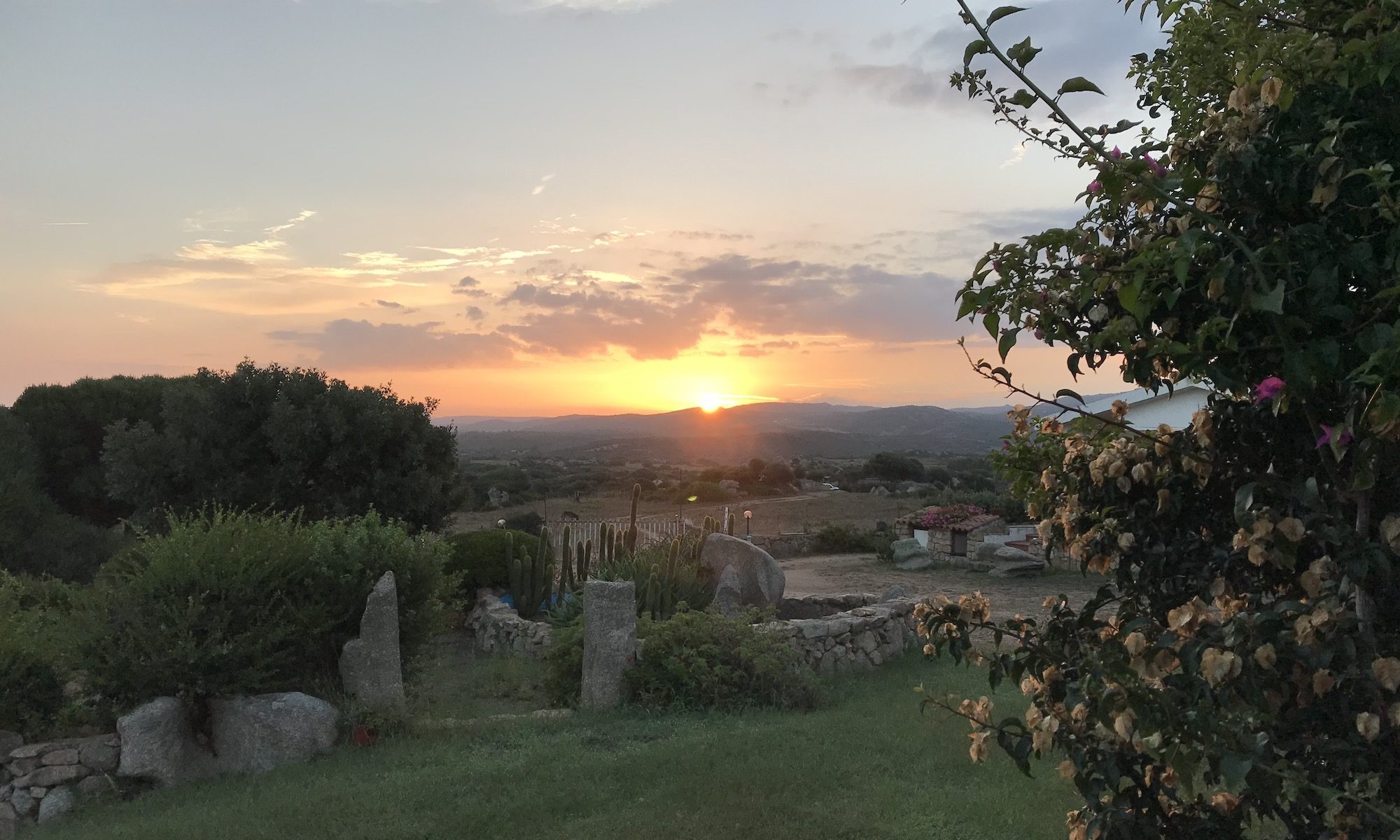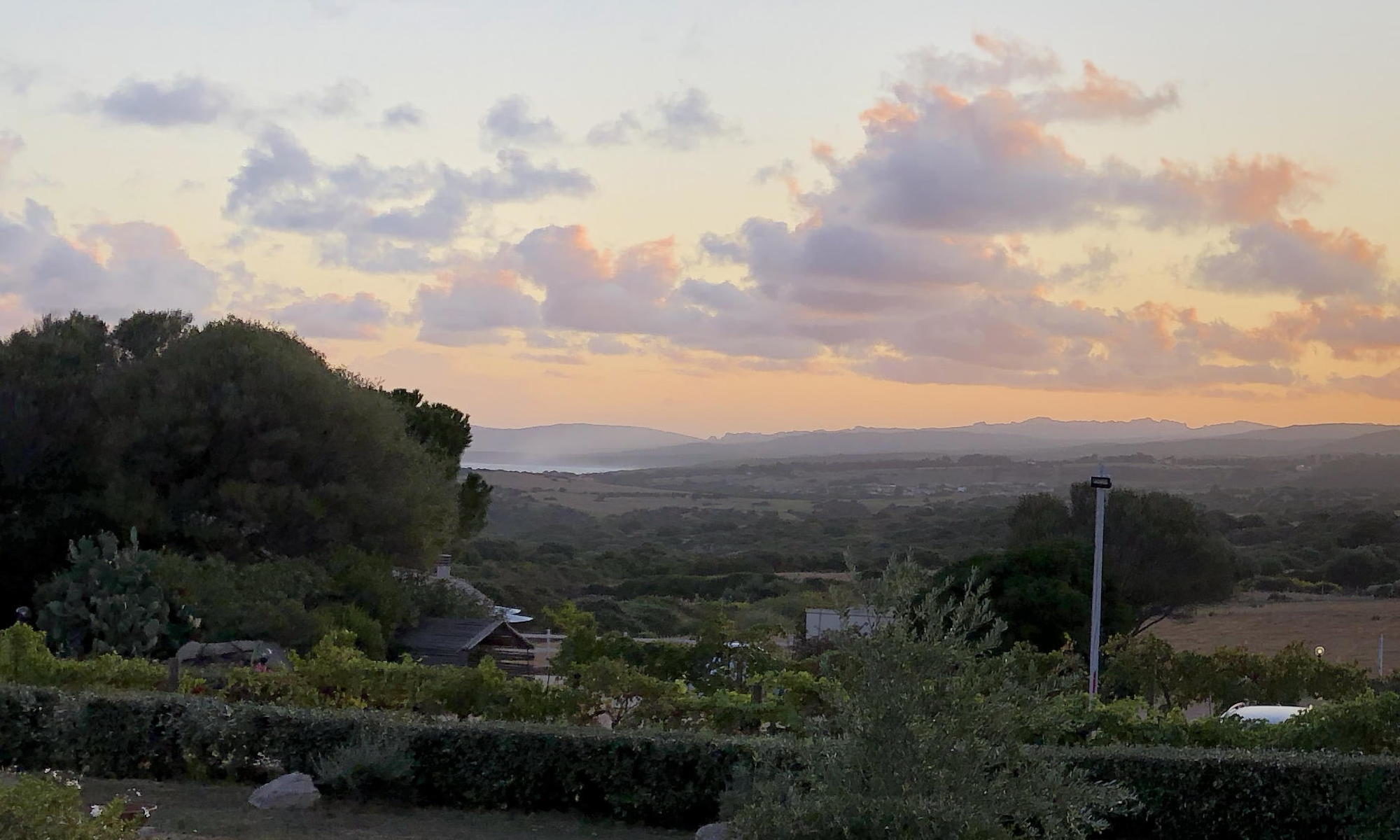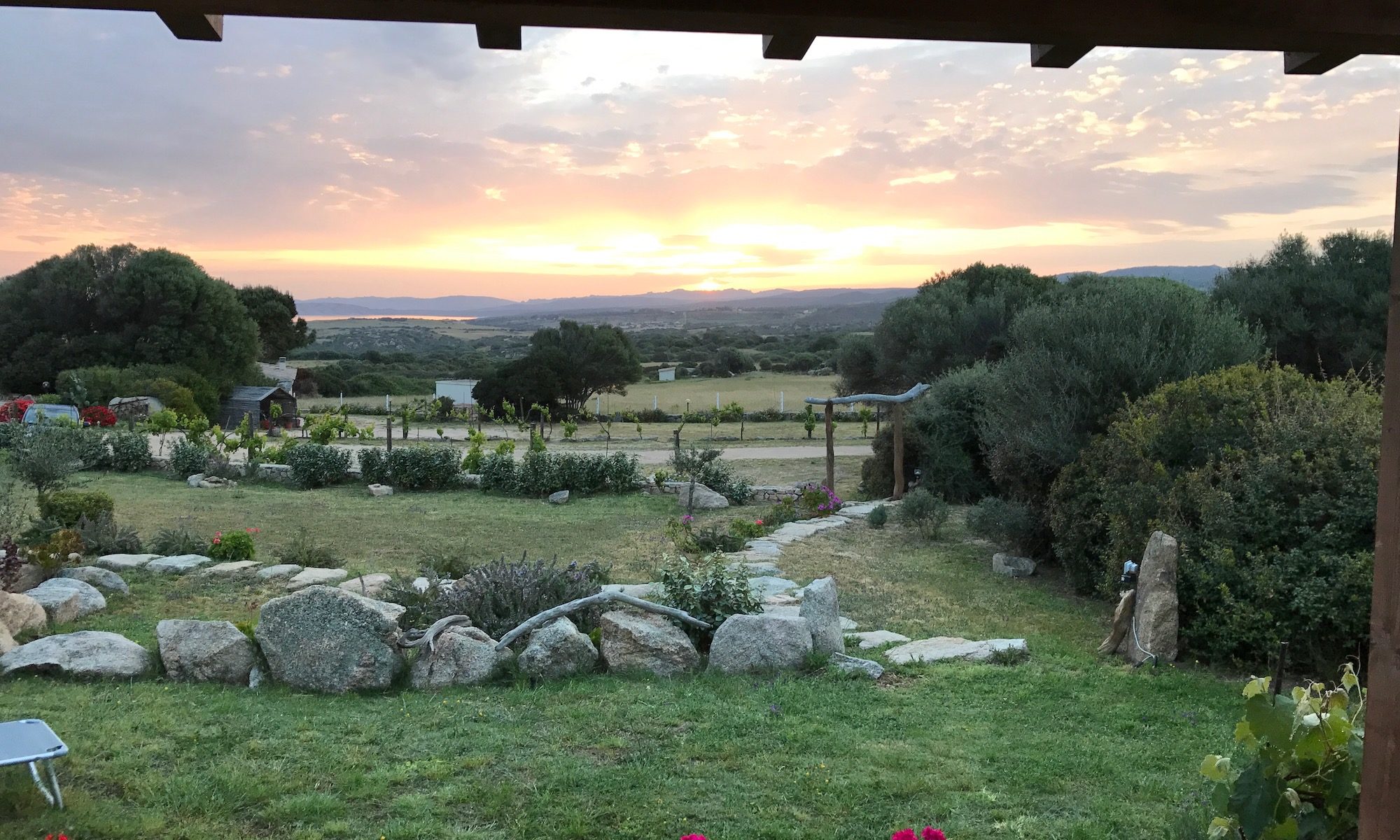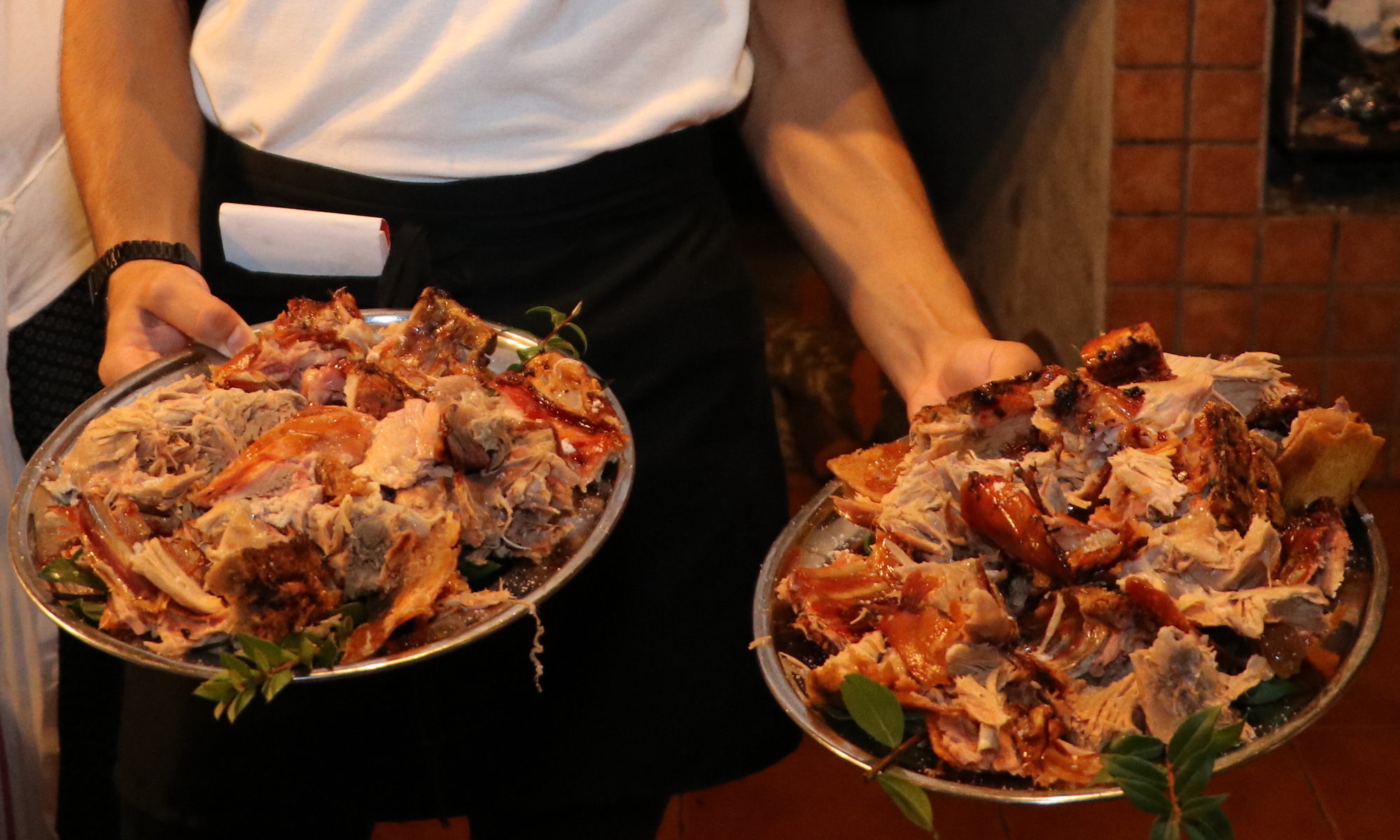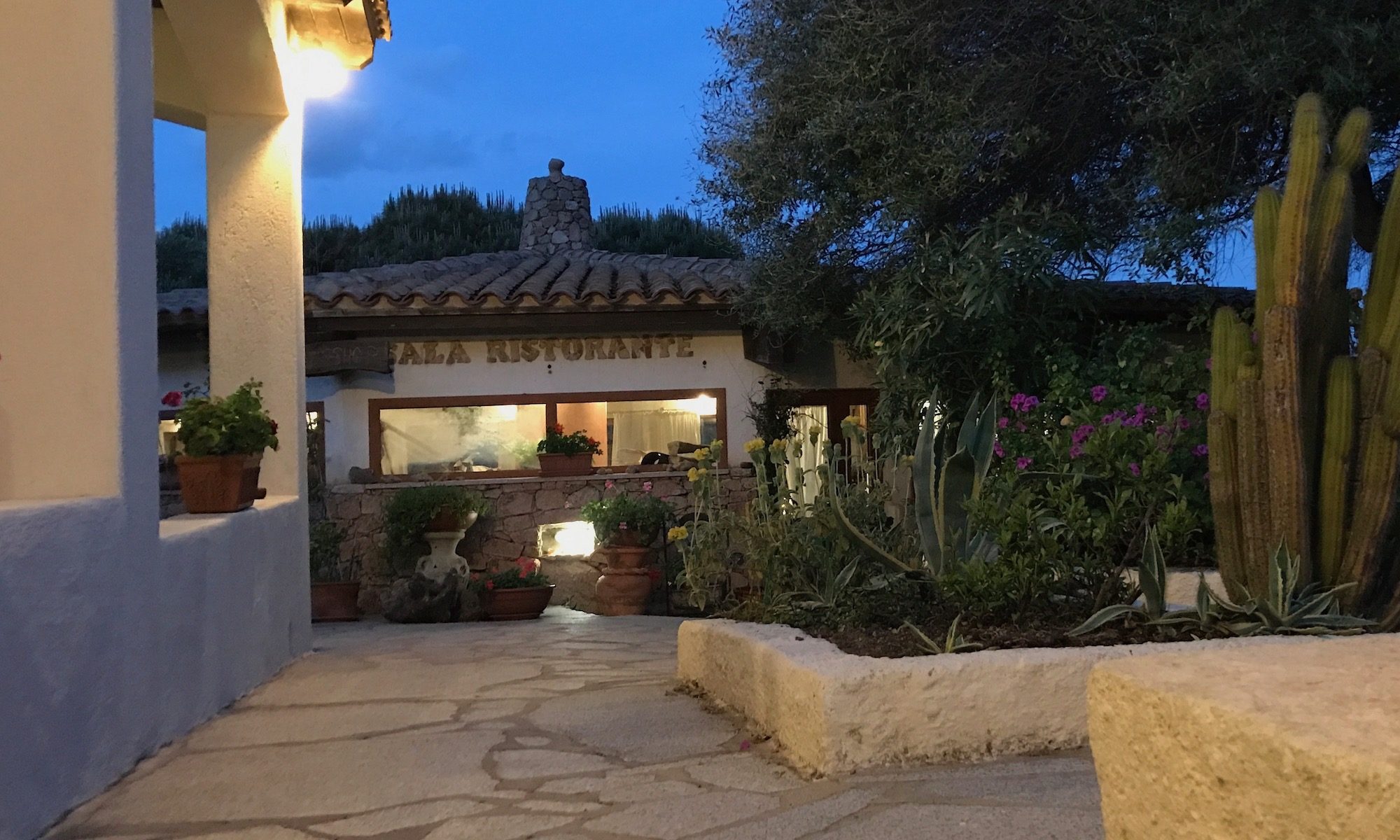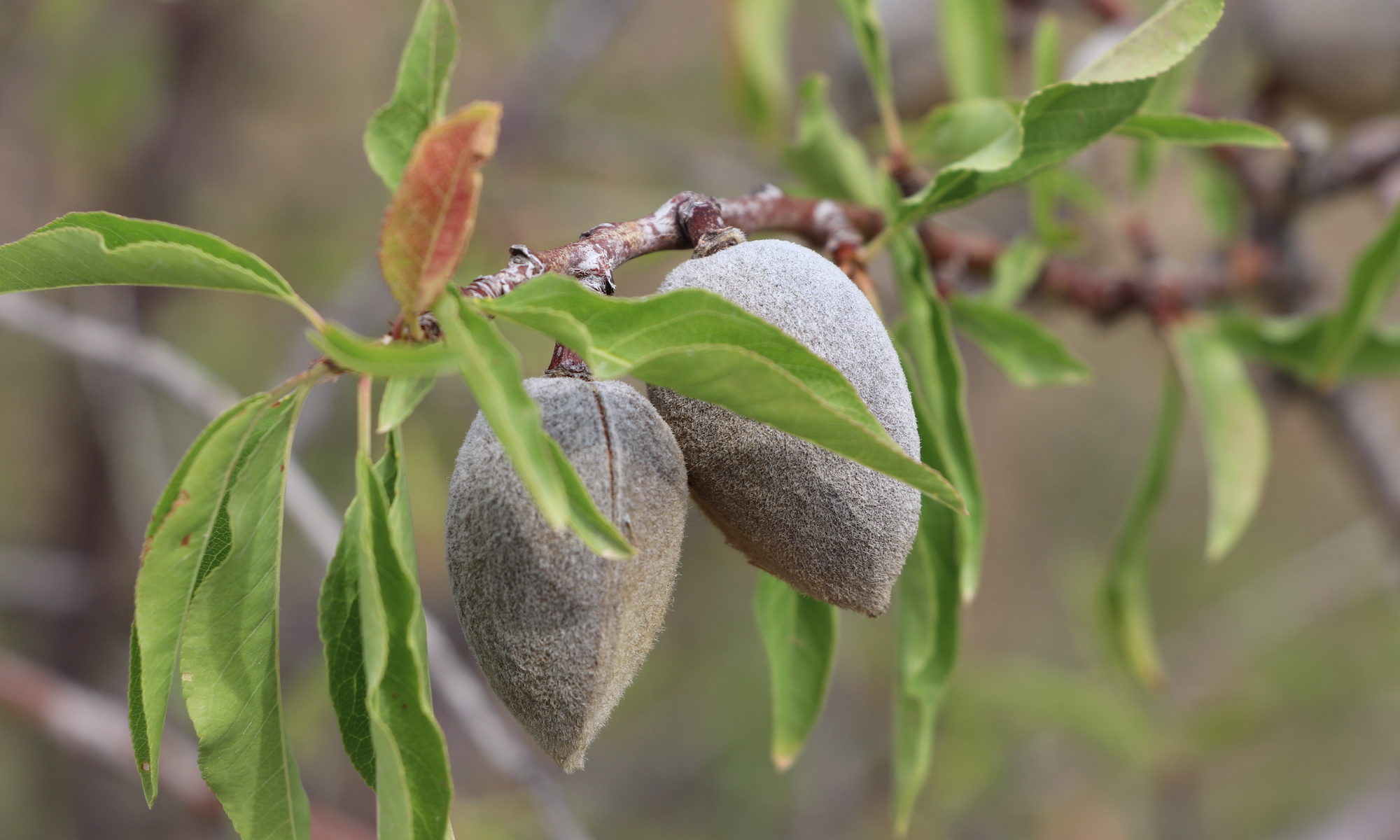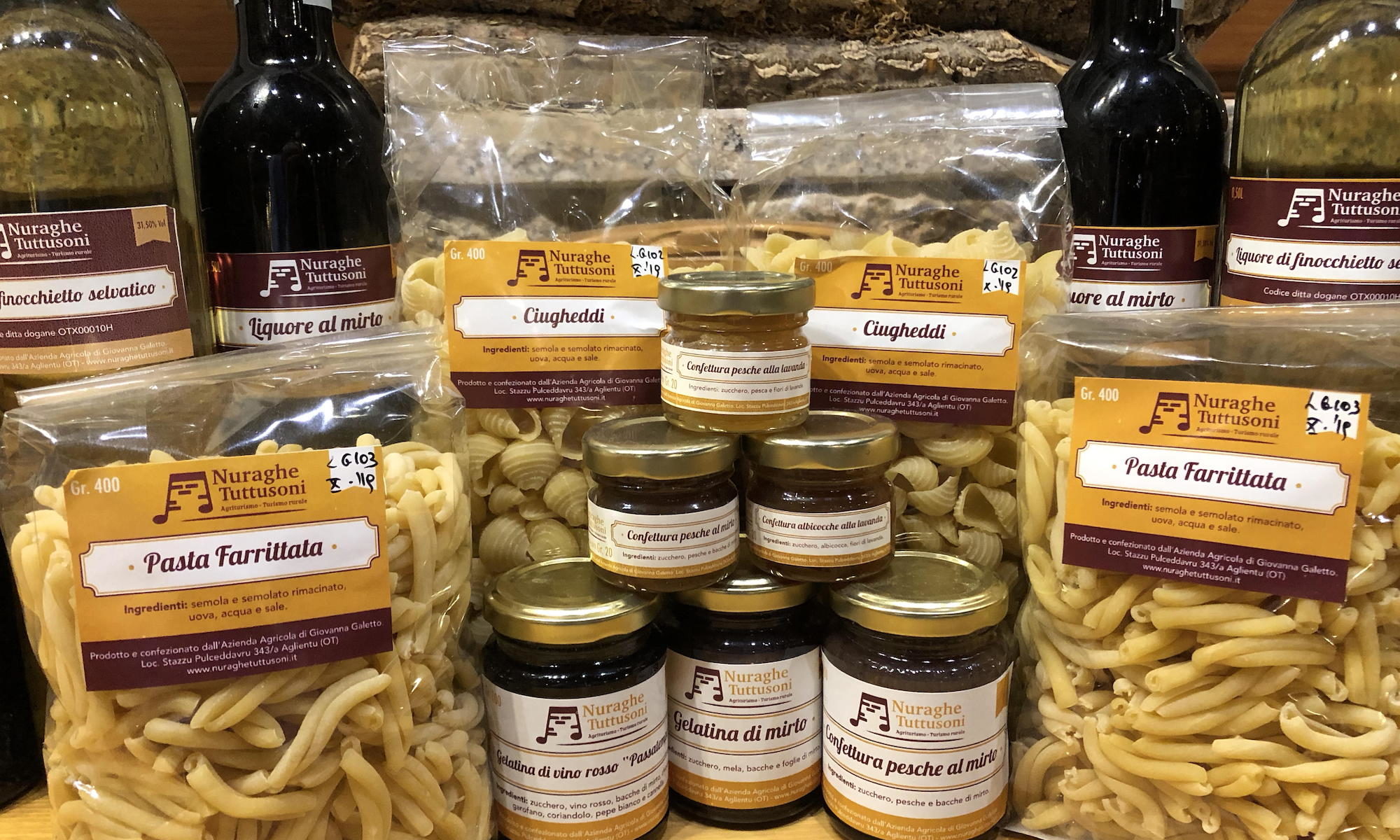The Heritage
When I talk with people about Sardinian handwoven textiles and the importance of valuing and protecting the weavers and their art — key elements of Sardinia’s cultural heritage — and the textile classification system designed to protect Sardinian textiles, the weavers, and the island’s economy, I often discuss the labeling standards and classifications that the European Union (EU) uses to protect the fine foods and wines respected as key elements of Italy’s cultural heritage.
Italy’s art, architecture, design, natural beauty, and food are considered part of the country’s heritage and recognized as treasures that must be protected. When you think of certain Italian foods — perhaps a favorite cheese, meat, wine, liquor, or traditional speciality dish — you most likely think of a certain inimitable flavor, smell, and texture, all arising — and inseparable— from the area in which the ingredients were grown and how the food was prepared. Food and wine recipes are passed down from generation to generation within a region and often within a family, and it’s understood that the taste and quality of the food changes if the food is prepared using different ingredients (even those grown in different regions) or the preparation method altered in any way.
The food classifications recognize and protect the names, recipes, quality, and area of origin of traditional Italian foods, and guarantee the item bearing the label meets certain criteria of how and where the food was grown or produced. This system ensures that the food or wine you purchase is genuine — the item comes from a specific area, is produced according to traditional methods and standards, and thus tastes, looks, smells, and feels as the food or wine traditionally tastes. This system — recognized by World Trade Organization (WTO) member countries as well as the EU — also discourages food piracy and helps protect the economy and people of the region where the food is traditionally grown and prepared. (Food piracy refers to the unethical practice of using the name of a protected food to sell a food product made outside the traditional area, using non-traditional methods and/or foods grown outside the traditional area.)
The different food classification levels are outlined below. The explanations will help you understand the difference between the criteria of different labels and why you’ll find a price difference between DOP, IGP, and STG foods and between IGT, DOC, and DOCG wines.
Food Classes Explained
The primary food classifications are DOP, IGP, and STG.
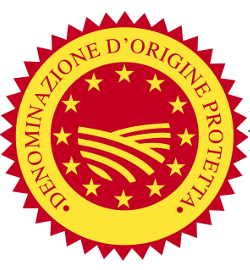
DOP — Denominazione di origine protetta (Protected Designation of Origin)
The DOP designation denotes the tightest restrictions regarding where and how a food product is grown and produced. The DOP label recognizes that the qualities and characteristics of the food product are essentially or exclusively due to the natural and human factors found within a specific geographical environment of a designated country and region. The geographical environment — including the climate, production techniques passed down through generations, craftsmanship, and more — make the product inimitable outside the designated production area. All production, transformation and processing of a DOP product must take place within the delimited area.
All DOP products bear the official DOP stamp in red and yellow, with the words “Denominazione d’Origine Protetta”.
More than 165 Italian foods bear the DOP designation, including Grana Padano, Parmigiano Reggiano, Prosciutto di Parma, and Mozzarella di Bufala Campana. Since 2010, wines considered DOC and DOCG (see below) have been considered DOP products.
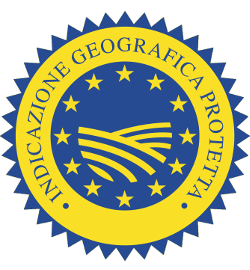
IGP — Identificazione geografica protetta (Protected Geographical Indication)
The IGP designation recognizes that the characteristics of a food product depend upon the geographical area in which the food product is prepared, yet the IGP designation requires that only one of the phases of production, transformation, and/or processing occur within a designated geographical area. For instance, an IGP product may be prepared within the designated geographical area using ingredients sourced from outside the designated area.
There are currently about 130 Italian products bearing the IGP designation, including l’Aceto Balsamico di Modena, la Mortadella Bologna, and la Bresaola della Valtellina.
All IGP products bear the official IGB stamp in blue and yellow, with the words “Indicazione Geografica Protetta”
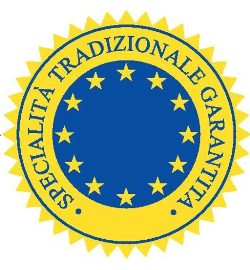
STG — Specialità tradizionale garantite (Guaranteed Traditional Speciality)
The STG designation denotes a traditional food prepared using a traditional recipe or method of production (one existing for more than 30 years). The food must be prepared within the European Union, but no specific country or region is designated for either the sourcing of ingredients or the production of the food. If a food is prepared using recipes or production methods outside of those designated for the STG designation, the food can still bear the name of the traditional food, but not the official STG label.
All STG products bear the official STG stamp in yellow with a solid blue center and the words “Specialità Tradizionale Garantite”
Wine Classifications Explained
A different system is used for wine. These classifications were rolled into the DOC classification in 2010.
IGT — Indicazione geografica tipico (Typical Geographical Indication)
The IGT designation denotes wines produced in a comparatively large geographical area — a region or territory recognized for producing grapes of a uniform quality that impart specific qualities to wine — where at least 85% of the grapes were grown within that area and the wine was produced according to specific requirements. IGT is the least restrictive of the wine designations, and wines bearing the IGT designation cannot use the name of a geographical area or region protected by DOC or DOCG designation. IGT wines do not have to declare the wine vintage or color.
DOC — Denominazione di origine controllata (Designation of Origin Controlled)
The DOC designation is given to wines whose unique qualities are recognized as being dependent upon the particular natural environment and human factors (such as production techniques and craftsmanship) linked to a particular geographic area. In addition, DOC wines undergo a sensory and chemical-physical analysis before receiving the DOC designation. Most DOC wines are maintain the IGT designation for at least five years before being eligible for consideration as a DOC wine.
DOCG — Denominazione origine controllata garantita (Designation of Origin Controlled and Guaranteed)
The DOCG designation is the highest designation for a wine. After a wine has maintained DOC designation for ten years, the wine may be submitted for DOCG consideration. A special commission performs a sensory analysis of the wine before granting the first DOCG designation, and each batch of wine must be tested and successfully pass the analysis prior to being granted DOCG status.
Classifying Textiles
Similarly, to protect the fine heritage, traditions, and designs of Sardinian textiles, and the weavers and economy of Sardinia, I compiled a three-tier classification system that delineates standards for handwoven textiles, hand-decorated textiles, mill-made textiles in Sardinia. The three classifications recognize the different production method, market, and price range for Sardinian textiles. See this page for details about the classifications.
While this system is not yet official, I hope someday to see these standards for Sardinia textiles used across the island, the EU, and the world!
Food Classification Sources
Wikipedia’s article on DOP, IGP, STG and IG Italian Products
